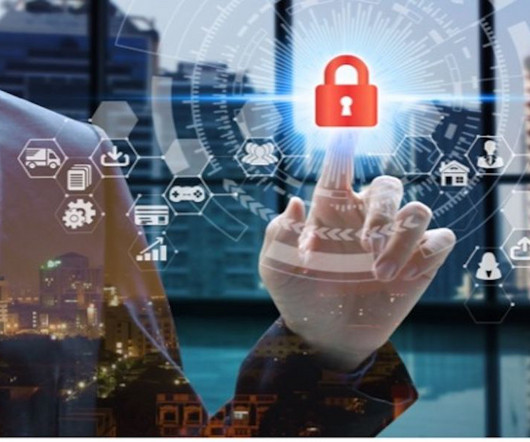The Difference Between Strategic and Operational Risk
Reciprocity
AUGUST 17, 2022
New technologies, increasing digitization, and evolving customer demands create risks that can disrupt operations, weaken cybersecurity, and harm the organization’s reputation or financial position – and above all, leave the organization unable to achieve its business objectives. Strategic and Operational Risk: A Brief Intro.


























Let's personalize your content